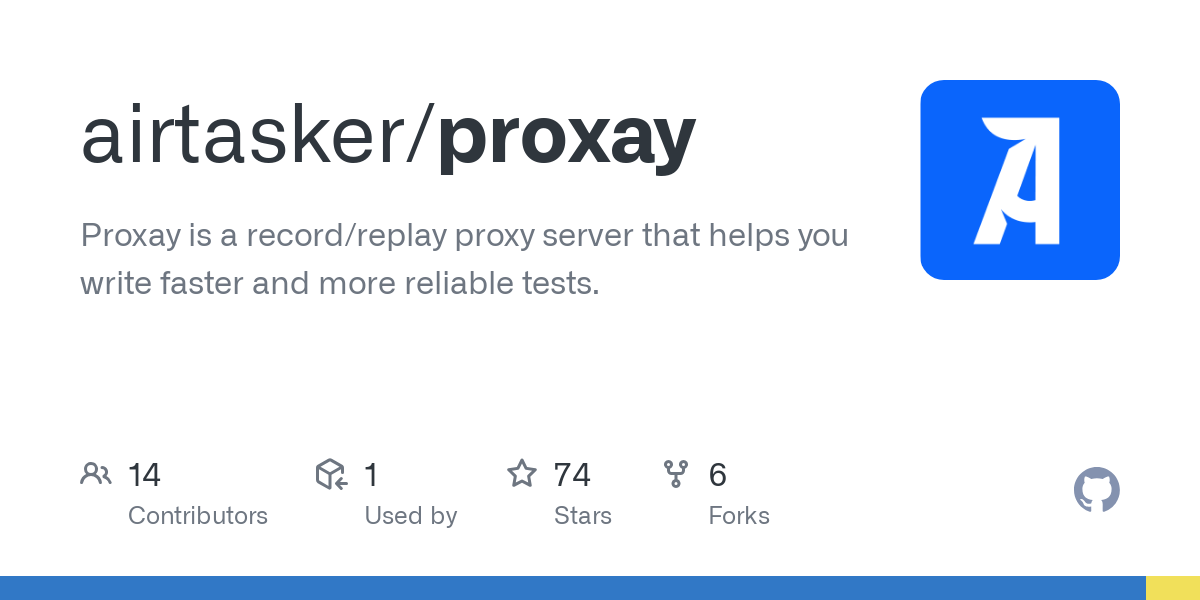

I don’t use chat, it’s usually useless.
I think Chat is the most useful feature of Copilot. Prompts like /docs work impeccably, but /explain and /optimize is also pretty good. /tests is hit-and-miss if you have zero tests and require too much context if you already have them. More often than not /fix is a waste of time.
Where I found Copilot to be quite useful is something unexpected: naming things. You can prompt it to give suggestions, you can ask it to refactor things for you. Quite nice.
I think that Claude is far better at generating code, and explore new stuff, but Claude is also down and broken extremely often,not to mention it’s annoying limit of 10 questions per half a day.







It depends. You don’t need LLMs to write stuff for you that you already know. You use them to take.care of the drudge work or explore things you are not familiar with. Things like Copilot’s /explain can speed up onboarding even for seasoned developers, and Copilot can also help you speed up iterations on proofs of concept. For example, I’ve been using Copilot to experiment with some changes to the software architecture of some projects I own, and it’s fantastic at generating code following specific design patterns. It’s also fantastic to get it to iterate designs in near-real.time by prompting it with directives such as “repeat the last example but implementing X with design pattern Y and moving the implementation to Z”. You are presented with examples that you can browse through and get a taste of what you’d get, but with a fraction of the time. To top things off, you can prompt Copilot to present pros and cons and even propose optimizations.
Like any tool, it has its purposes. You just need to learn how to use it.